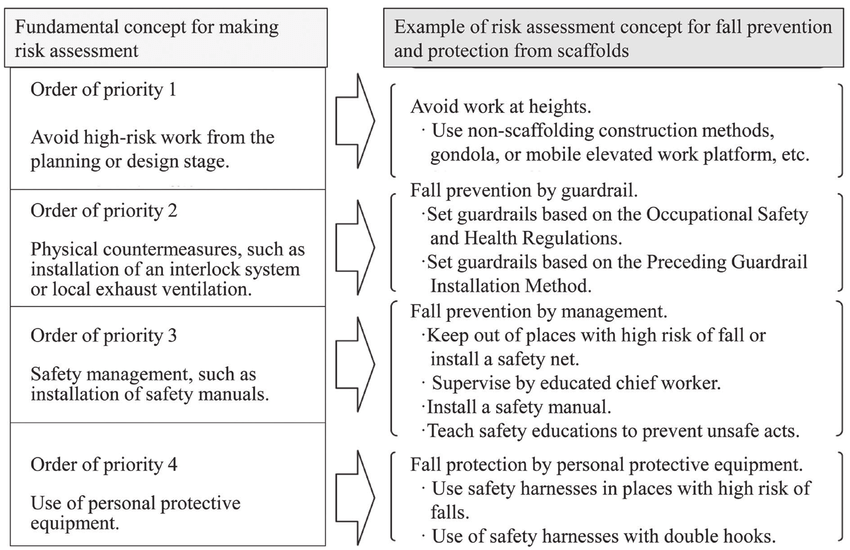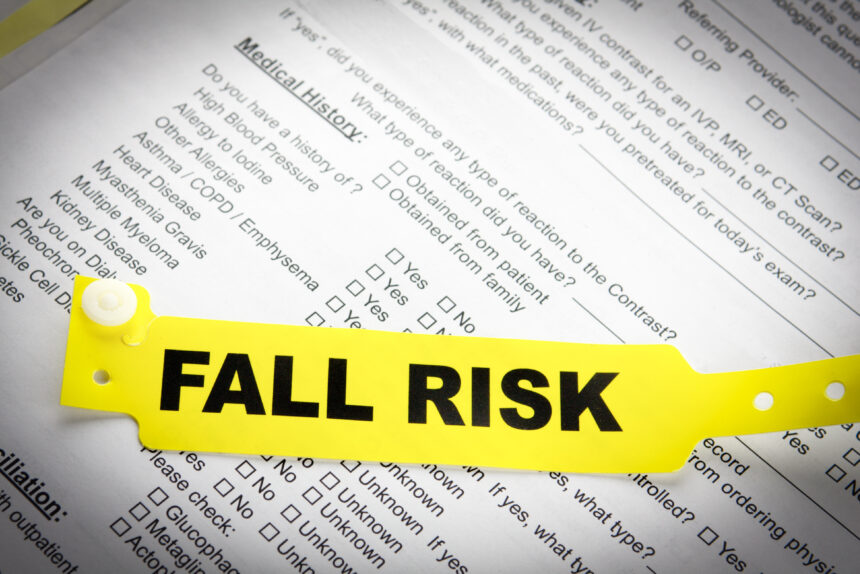The Ultimate Guide To Dementia Fall Risk
The 4-Minute Rule for Dementia Fall Risk
Table of ContentsIndicators on Dementia Fall Risk You Should KnowThe Greatest Guide To Dementia Fall RiskThe Ultimate Guide To Dementia Fall RiskSome Of Dementia Fall RiskExcitement About Dementia Fall Risk
Based on indicators and symptoms, such as proof of head injury or a new focal neurologic shortage, computed tomography or MRI of the brain may be suggested. An analysis for sources of syncope must be performed only if there is strong uncertainty, as when it comes to persistent, unusual drops
Healthcare providers utilize a fall threat evaluation to identify your risk variables for falling and make valuable suggestions. A loss danger evaluation is essential because knowing which aspects enhance your opportunities of falling aids you: Lessen your danger of falling or injuring on your own.
Optimize your capacity to move and be energetic. Keep a healthy, independent life. All adults 65 years and older ought to have a first fall risk testing. Your medical care provider might ask you whether you: Feel unstable when standing or walking. Have fallen in the past year. Stress over dropping. If you respond to yes to any of these concerns, your healthcare provider will suggest an added, extra comprehensive examination.
The Single Strategy To Use For Dementia Fall Risk

, and objectives especially tailored to clients that are at danger for drops. A is defined as an event that results in an individual coming to relax inadvertently on the ground or floor or various other lower degree (WHO, 2021).
According to the Centers for Disease Control and Avoidance (CDC),, causing over 34,000 fatalities for that age. Dropping is the second leading reason of death from unintended injuries around the world. Death from drops is a severe and native problem among older individuals. It is estimated that loss death rates in the U.S

Each year, over 800,000 clients are hospitalized since of drops. Nurses play a significant function in avoiding drops for their patients with education, evaluating autumn risk, creating safer atmospheres, and giving treatments in preventing injuries from falls.
Person will demonstrate selective avoidance you can try here actions. Patient and caregivers will apply strategies to enhance safety and security and protect against drops in the home. Autumns result from several aspects, and a holistic approach to the individual and environment is essential. Intend an individual is taken into consideration at high danger for falls after the testing.
Getting The Dementia Fall Risk To Work
A needs utilizing a validated tool that researchers have analyzed to be helpful in naming the causes of falls in an individual. The level of autumn risk can be established making use of the analysis of intrinsic and external factors.
Individuals are extra most likely to drop again if they have sustained one or more drops in the past six months. The older populace is at increased threat of fall-related readmissions based on a study identifying the elements predictive of repeat falls linked outcomes (Prabhakaran et al., 2020).
Additionally, confusion and impaired judgment enhance the patient's chance of falling. The capacity of people to secure themselves from falls is influenced by such elements as age and growth. Older people with weak muscle mass are more probable to fall than those that preserve muscle mass stamina, versatility, and endurance. These changes consist of minimized visual feature, damaged color assumption, modification in center of mass, unsteady stride, decreased muscle stamina, reduced endurance, altered depth understanding, and delayed reaction and response times.
Dementia Fall Risk - Questions
Much less contrast sensitivity was fairly connected with both enhanced prices of drops and various other injuries, while reduced visual skill was only related to enhanced loss rate (Wood et al., 2011). Sensory assumption of environmental This Site stimuli is extremely important to safety. Vision and hearing impairment limitation the patient's capacity to regard hazards in the surroundings.
Older adults who have bad equilibrium or difficulty strolling are more probable to drop. These problems may be associated with absence of workout or a neurological reason, arthritis, or other medical problems and treatments. An essential risk aspect highlighted in a study is that adults with rheumatoid joint inflammation are at high risk of falls, consisting of swollen and tender lower extremity joints, exhaustion, and use psychotropic medicines (Stanmore et al., 2013).